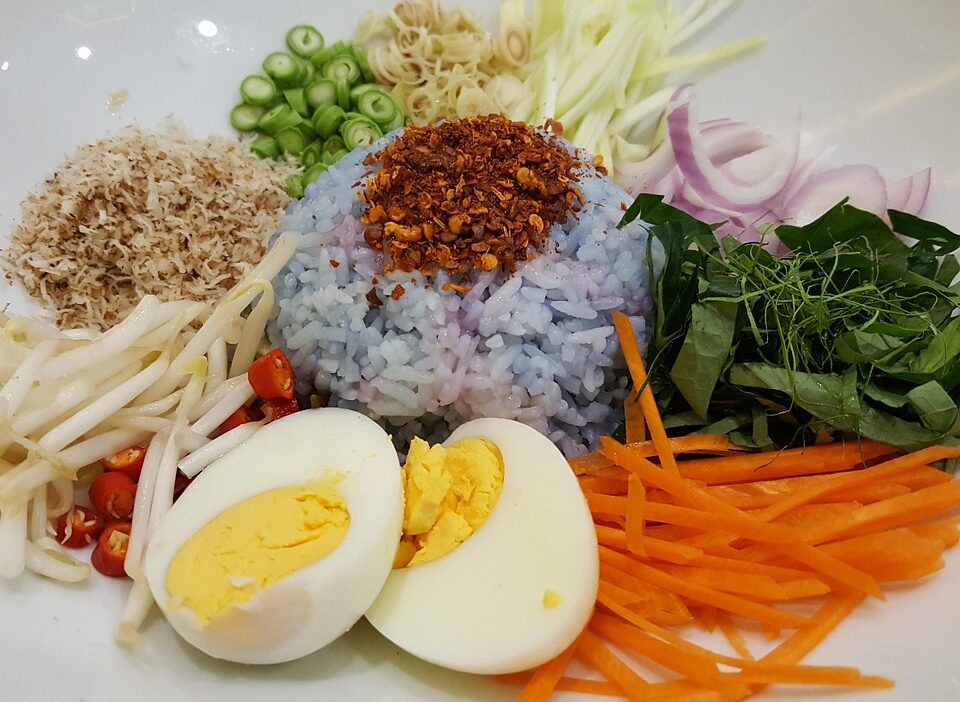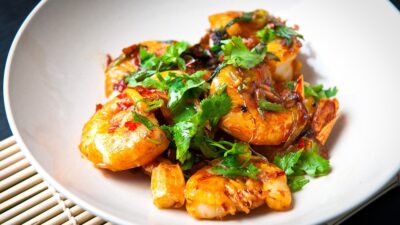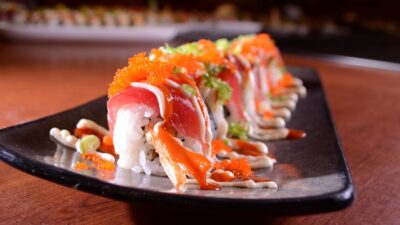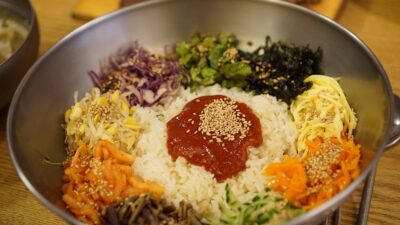Thai cuisine is renowned globally for its vibrant flavors, tantalizing aromas, and intricate textures. At the heart of this culinary tradition lies a harmonious balance of four fundamental taste elements: sweet, sour, salty, and spicy. Together, these components create a complex flavor profile that not only excites the palate but also tells the story of Thailand’s culture and geography.
1. The Sweet Element
Sweetness in Thai dishes often comes from ingredients such as palm sugar, coconut milk, and fruits. Palm sugar, with its rich and caramel-like flavor, is commonly used in desserts and savory dishes alike. Coconut milk adds creaminess and a subtle sweetness, enhancing the richness of various curries and soups.
Fruits, ranging from ripe mangoes to fresh pineapple, bring natural sweetness to dishes and are frequently integrated into salads (like the famous Som Tum or papaya salad) to create a delightful contrast. The sweet element not only balances other tastes but also evokes a sense of nostalgia and comfort.
2. The Sour Element
Sourness plays a crucial role in Thai cuisine, often provided by ingredients like lime, tamarind, and vinegar. Fresh lime juice is a signature flavor in many Thai dishes, including the beloved Tom Yum Goong (spicy shrimp soup) and various dipping sauces.
Tamarind, with its tangy profile, adds depth to curries and sauces, bringing a unique sourness that complements the underlying sweetness. This sharpness invigorates the dish and often elevates the overall flavor, making it incredibly refreshing. Sour elements invigorate the palate, and their bright acidity cuts through richness, providing balance.
3. The Salty Element
Salty flavors in Thai cuisine are achieved through the use of fish sauce (nam pla), soy sauce, and shrimp paste. Fish sauce, a staple ingredient, adds a complex umami flavor, enhancing the savory nature of many dishes. It is a key component in classic recipes like Pad Thai and various stir-fries.
Saltiness balances the sweetness and acidity of ingredients, completing the triad and adding depth to the dish. The careful use of salty ingredients ensures that each bite is rich in flavor and full of character.
4. The Spicy Element
No discussion of Thai cuisine would be complete without mentioning its beloved spice. Thai dishes are known for their heat, often derived from fresh chilies, chili paste, or dried chili flakes. The intensity of the spice can vary considerably, with lesser-known regional dishes packing a different level of heat.
Chilies offer more than just heat; they also contribute to the overall flavor profile, enhancing other taste elements. Spiciness stimulates the senses, making the eating experience exciting and unforgettable. The interplay between spicy and sweet or sour is a fundamental aspect of Thai cooking, driving the dynamic nature of its cuisine.
The Art of Balance
The true artistry of Thai cuisine lies in the masterful balance of these four pillars. A well-executed Thai dish will incorporate all four elements in perfect harmony, allowing each flavor to shine while respecting the others. This balance is not just a culinary principle; it reflects the Thai philosophy of life, which values harmony and unity.
Conclusion
Sweet, sour, salty, and spicy are more than just taste sensations; they are the foundation of Thai culinary identity. Understanding these four pillars allows both chefs and food enthusiasts to appreciate the depth and complexity of Thai cuisine. Each meal offers a celebration of flavors that invite exploration and enjoyment, making Thai food a beloved choice worldwide. Embracing these elements not only enhances your cooking but also connects you to the rich cultural heritage of Thailand, making every bite a journey through the heart of this vibrant nation.



